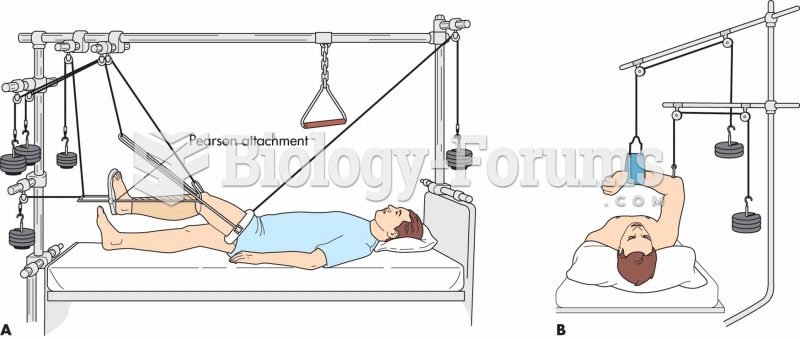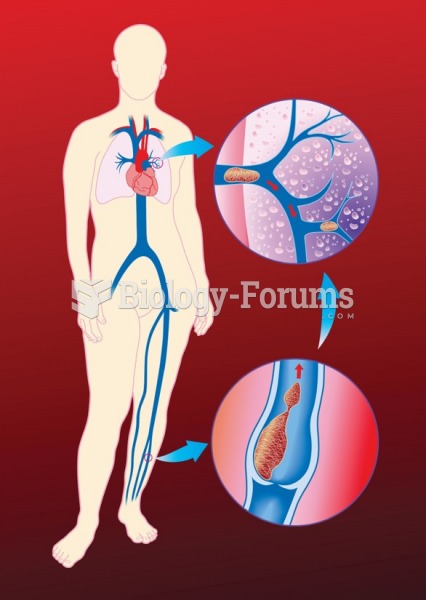Answer to Question 1
c
Answer to Question 2
Sociologist Joe Feagin has identified four major types of discrimination.
Isolate discrimination is harmful action intentionally taken by a dominant
group member against a member of a subordinate group. This type of
discrimination occurs without the support of other members of the
dominant group in the immediate social or community context. For
example, a prejudiced judge may give harsher sentences to all African
American defendants but may not be supported by the judicial system in
that action. Small-group discrimination is harmful action intentionally
taken by a limited number of dominant group members against members
of subordinate groups. This type of discrimination is not supported by
existing norms or other dominant group members in the immediate social
or community context. For example, a small group of white students may
deface a professor's office with racist epithets without the support of
other students or faculty members. Direct institutionalized discrimination
is organizationally prescribed or community-prescribed action that
intentionally has a differential and negative impact on members of
subordinate groups. These actions are routinely carried out by a number
of dominant group members based on the norms of the immediate
organization or community. For example, intentional exclusion of people
of color from public accommodations. Indirect institutionalized
discrimination refers to practices that have a harmful impact on
subordinate group members even though the organizationally or
community-prescribed norms or regulation guiding these actions were
initially established with no intent or harm. For example, special
education classes were originally intended to provide extra educational
opportunities for children with various types of disabilities.







